If you struggle with smelly washable dog diapers that have a foul odor, even after you’ve laundered them, I have game changing tips to fix the problem. The answers are based in science and the cure requires just a few adjustments to the way you do the wash.
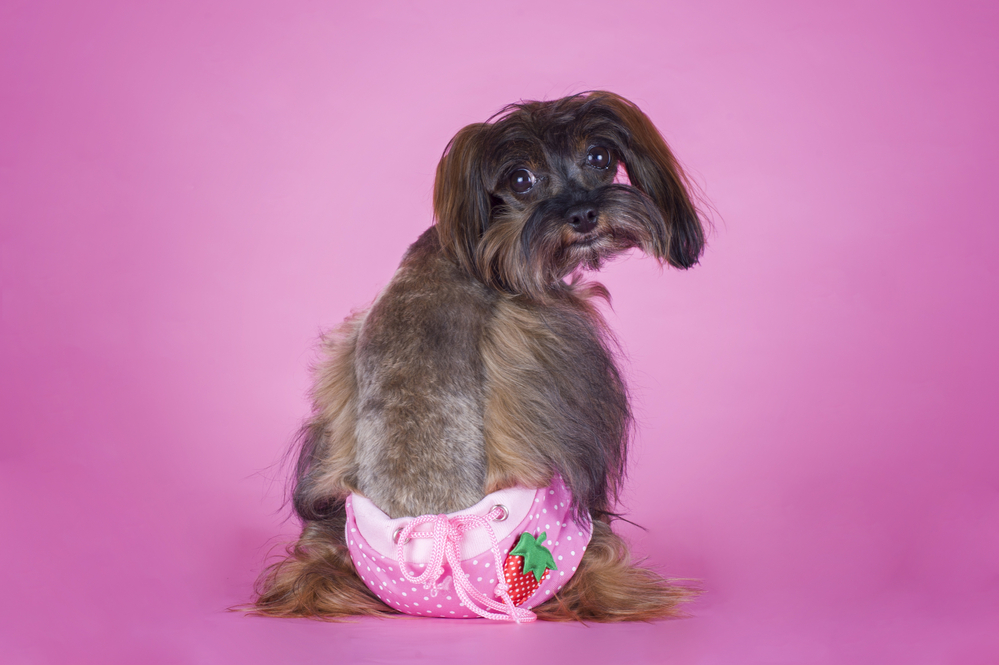

Ask & Discover
Get personalized content recommendations and answers drawn from our website. Simply type your question or topic of interest, and our AI assistant will help you find relevant articles, tips, and insights. You can also have a natural conversation to explore topics in more depth.
Stinky dog diapers
Freshly laundered diapers that smell bad are a common problem for pet owners with incontinent dogs. It results in a love-hate relationship with machine-washable diapers. On one hand, people love how well cloth diapers keep an animal dry; and on the other hand, they hate how the material holds onto odors.
A recent question about washable dog diapers started an interesting conversation with our readers. A pet mom wrote to say that her paralyzed dog had been diagnosed with a leaky bladder and cloth diapers had proven to be the best solution.
The owner shared that she sprinkled the soiled diapers with a popular multi-purpose disinfectant and washed them with a strong laundry detergent and a second dose of the disinfectant. The result were diapers that looked clean and fresh but reeked of ammonia.
Some of our experienced members weighed in on the subject. They shared the products and techniques they use and the results they get. Surprisingly, pet owners who use similar products, had varying degrees of success in eliminating diaper odor.
I found this curious and decided to do research on the subject. Padded Tush Stats website about cloth baby diapers had the answers. It shared important reasons why freshly washed diapers stink.
This post contains affiliate links. Read our policy.
The science behind smelly washable dog diapers
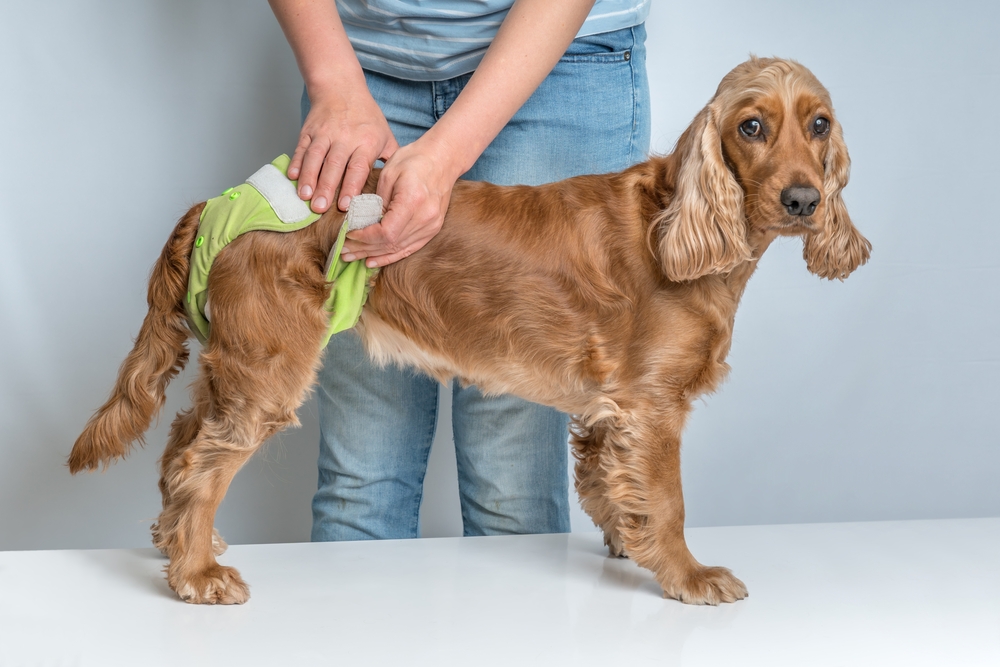
There are three reasons dog diaper have a lingering odor:
Detergent buildup
The strong ammonia smell that hits you when you remove clean diapers from the dryer is actually a chemical reaction. It happens when microscopic droplets of urine on the diaper, mix with your laundry detergent. The two crystalize and create a coating that prevents detergent from getting to the deeper layers of the diaper.
When pet owners learn about this chemical reaction, their first reaction is to use less detergent, but that doesn’t fix the problem.
The cure lies in determining if you’re washing the dog diaper with hard water or soft.
Hard water
According to statistics, 85% of American tap water is hard water. That means the minerals in your water stop laundry detergent from working as well as it should. It’s the cause of detergent buildup and the reason clean dog diapers smell like ammonia.
If you’re not sure whether your water is hard or soft, there are easy-to-use, water testing strips that will rate your water. The testing strips can be found at most hardware stores.
If your water tests positive for being hard water it doesn’t mean you have to move. A few adjustments to your routine will help clean your dog’s diapers better.
Here are recommendations:
Soft water
Soft water has less minerals than hard water. It’s especially low in calcium and magnesium which is good for washing diapers. If you have soft water in your home, your primary concern will be about detergent buildup due to using too much soap. Washers with soft water need about half the amount of detergent as washers that use hard water.
Recommendations for households with soft water:
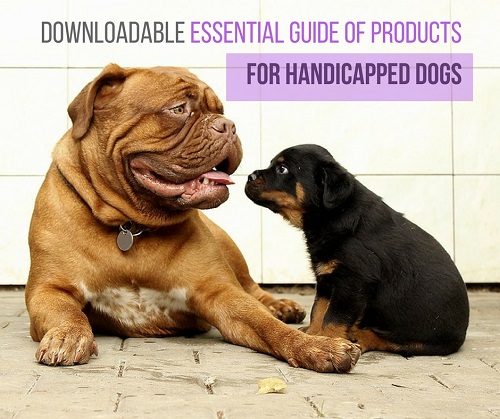
Get the Essential Guide
The Essential Guide of Products for Handicapped Dogs e-book is a labor of love for me. I wrote it to answer your most pressing questions about where to find the best products for your wheelchair dog. You’ll find products you didn’t know existed and each will improve your dog’s quality of life. Print a copy and keep it by your side.
High efficiency washing machines
These HE washers are designed to save water and energy. A sensor in the machine determines the size of the load and how much water to add. Unfortunately, high-efficiency washing machines are notorious for keeping the water level low. That means they might not thoroughly rinse a cloth diaper.
One remedy for this problem is to soak dog diapers before you wash them. That way they absorb enough water to get them clean and odor-free. Other pet owners do a second rinse to prevent detergent buildup.
Tips from real-life pet owners
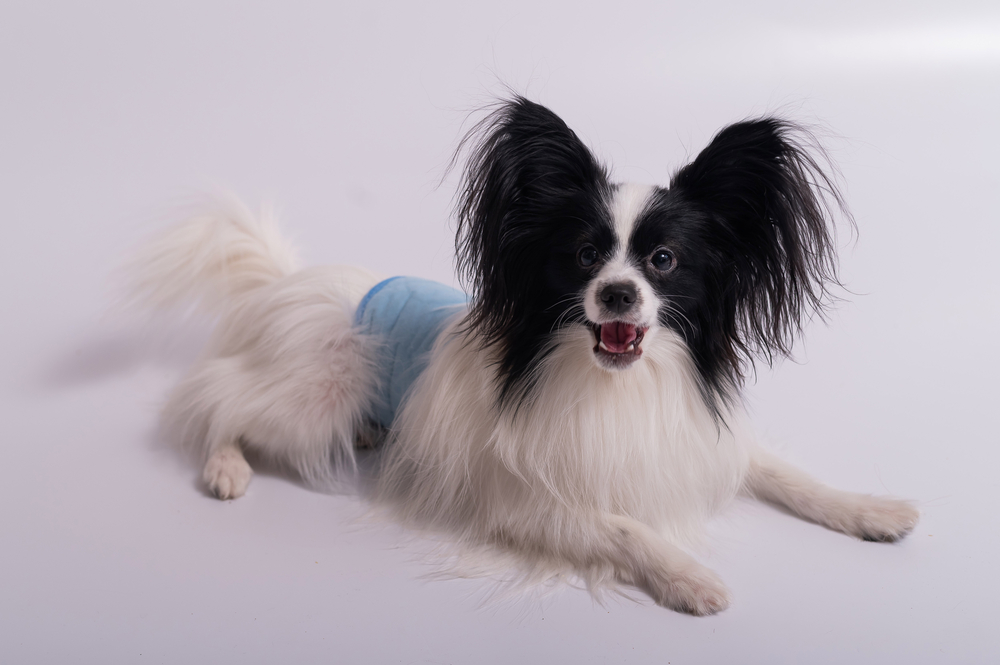
Here are the products and remedies our readers use to stop smelly washable dog diaper odors.
Want to read more?
Click here to find the products mentioned in this post.
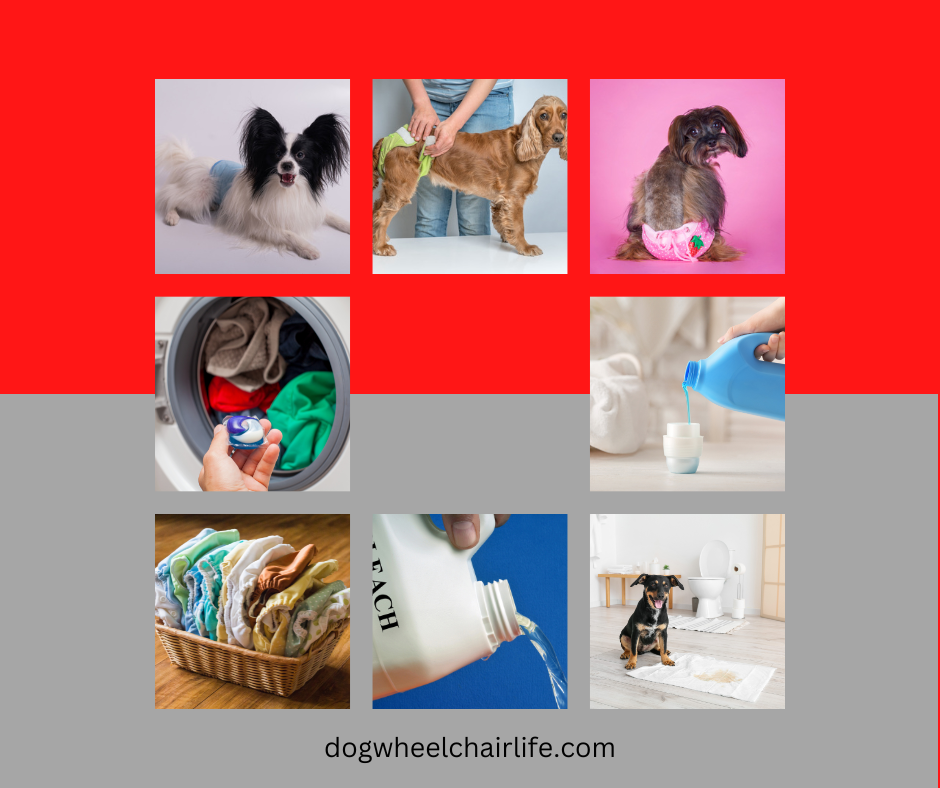
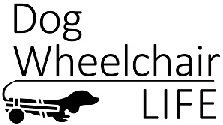
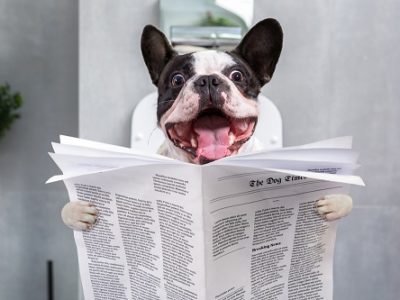
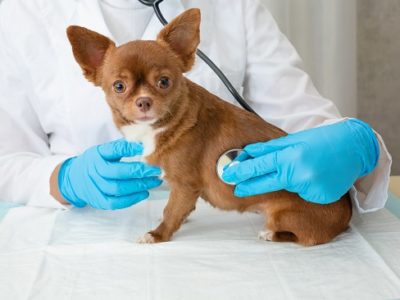

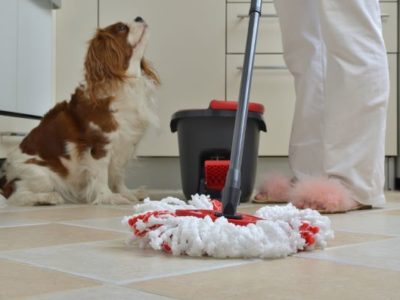
![Pet-Parent-Frenchie[1]](https://dogwheelchairlife.com/wp-content/uploads/2020/12/Pet-Parent-Frenchie1-367x300.jpg)
I use a disposable diaper under the cloth diaper. No odors after washing.
Rachel, Adding a disposable diaper under a cloth one, is a great solution for easy clean ups and for reducing odors. Good job.